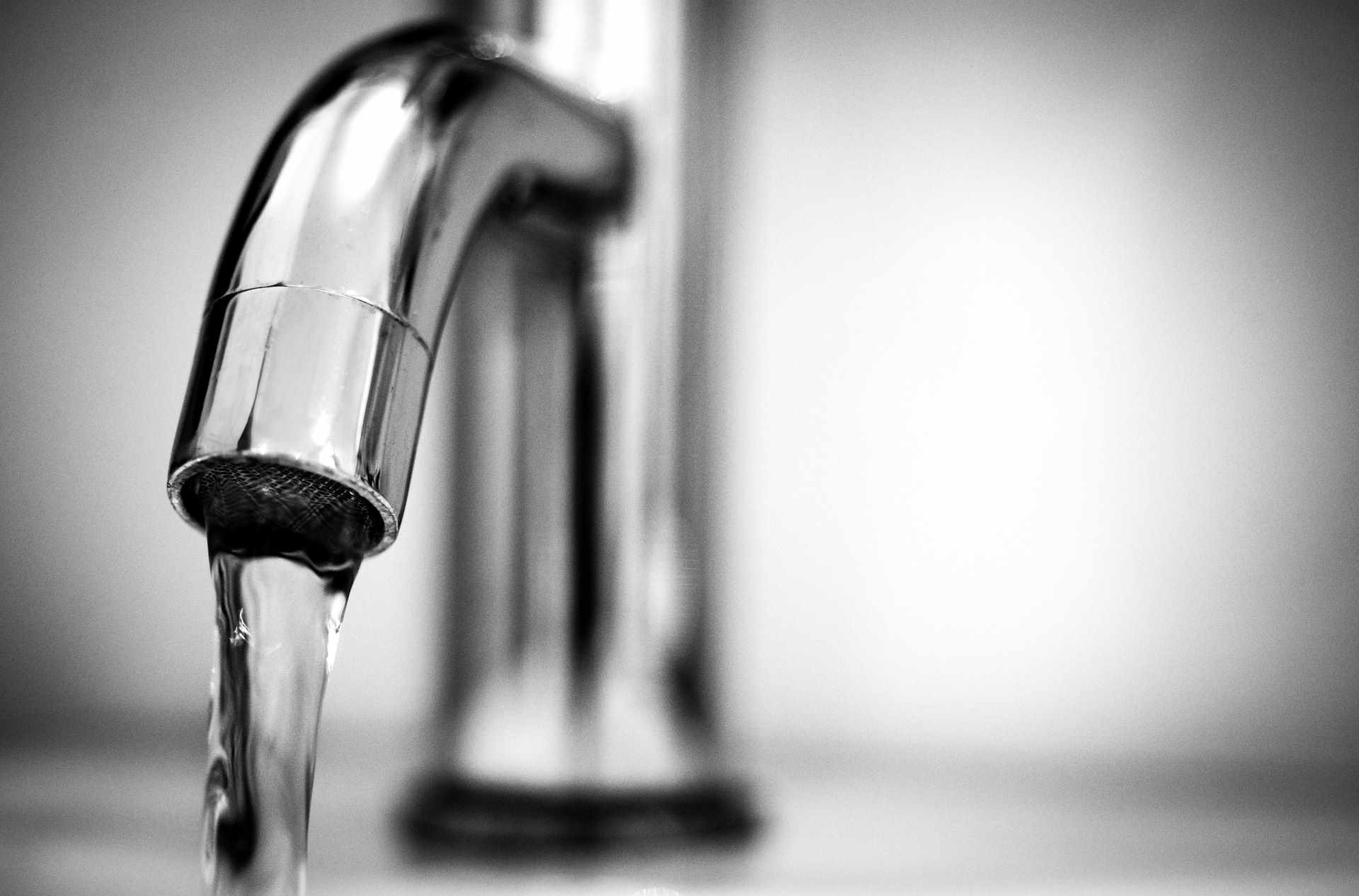"Refined Rustic: Elevating Simplicity in Modern Homes"
The allure of rustic design in modern homes offers a sense of tranquility, a return to basics, and a celebration of imperfections. This article delves into the evolution of this design trend and how it is being reimagined in contemporary settings. Rustic design, rooted in the appreciation of simplicity and natural beauty, is an aesthetic that has stood the test of time. Originating from the rural landscapes of Europe and America, rustic design was initially a byproduct of necessity, where homes were built and furnished with locally sourced materials. Over time, these design elements became associated with comfort, warmth, and a connection to nature—values that continue to resonate today.

Refined Rustic: A Modern Facelift
As with most design trends, rustic style has evolved to fit contemporary tastes and living. The modern take—often referred to as “refined” or “modern” rustic—successfully bridges the gap between the quintessential country house and the sleek city dwelling. It emphasizes the use of natural, raw materials, but with a cleaner and more streamlined approach. The result is a balanced aesthetic that is both cozy and sophisticated.
Embracing Natural Materials and Textures
Central to the modern rustic design is the use of natural materials. Whether it’s wooden beams, stone walls, or woven fabrics, these elements provide a tactile richness that adds depth and character to a space. Modern interpretations often involve a mix of these raw materials with contemporary finishes, creating an intriguing interplay of textures.
The Role of Color in Modern Rustic Design
In traditional rustic design, color palettes tend to lean towards earth tones. However, modern rustic design ventures into a broader spectrum. Neutral colors still dominate, but they are often complemented by subtle pops of muted colors or even bold accents for a more dynamic look.
Rustic Design and Modern Living
Despite its roots in rural living, modern rustic design has found its place in urban settings. It offers a respite from the fast-paced city life, promoting a sense of calm and comfort. The key is in balancing the rustic elements with modern amenities and design principles, ensuring that the space is not only aesthetically pleasing but also practical.
In conclusion, the modern rustic design trend is more than just a nostalgic return to simpler times. It’s a celebration of natural beauty, a testament to the enduring appeal of raw materials, and a creative interpretation of the past for contemporary living. Despite its historical roots, this design trend feels incredibly relevant, offering a refreshing and comfortable alternative to the often cold and impersonal aesthetics of modern design.




